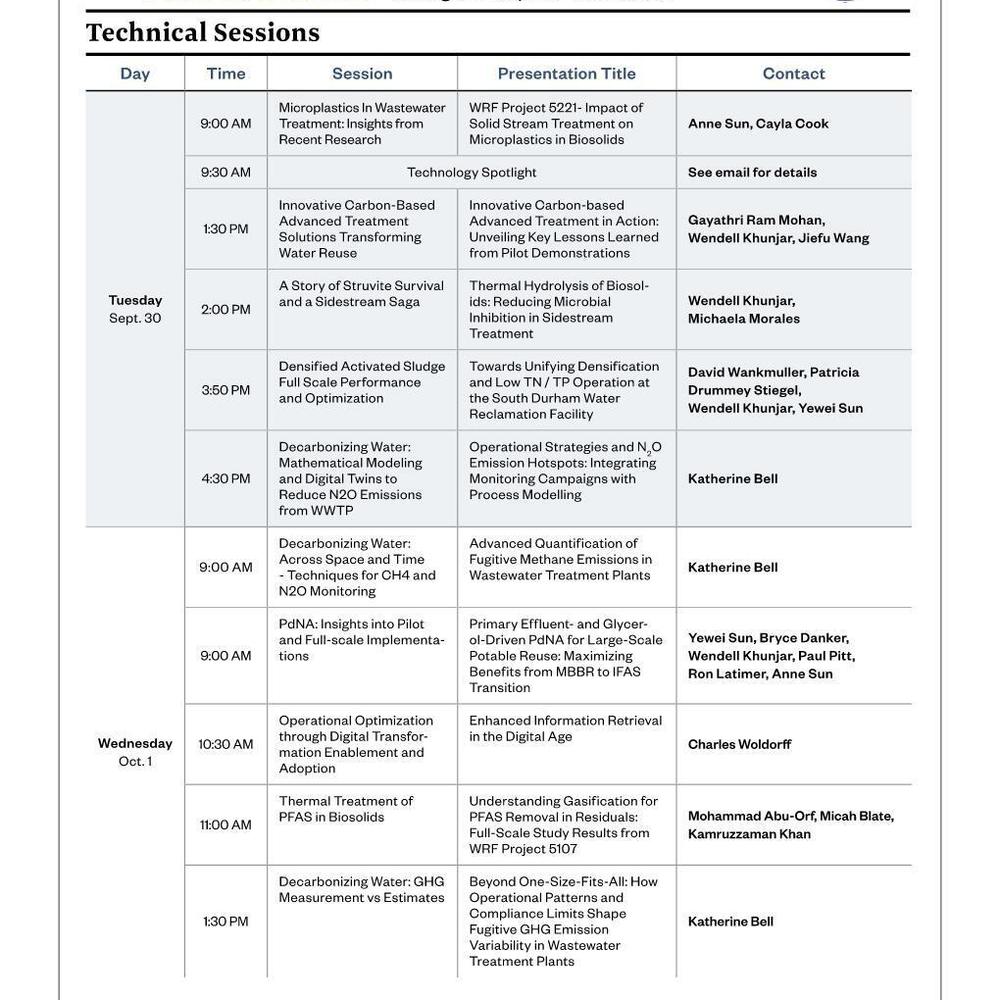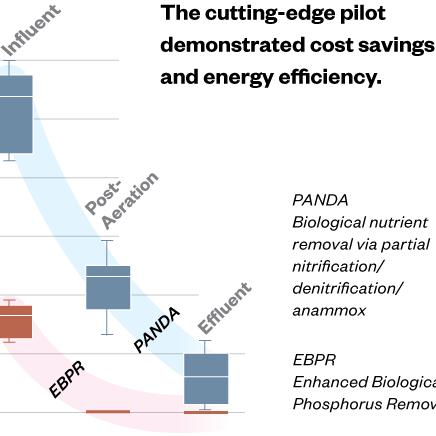Can High-Strength Reverse Osmosis Concentrate Be Accepted Into a Wastewater Treatment Plant?
Last Modified Feb 07, 2022
In late 2013, the City of Sunrise (city) was preparing to bring a newly constructed reverse osmosis (RO) plant online at the Springtree Utility Complex; however, industrial injection wells for disposal of RO concentrate and wastewater treatment plant (WWTP) secondary effluent were not yet constructed. To bridge the gap, the city temporarily diverted RO concentrate to the Springtree WWTP aeration basins, with secondary effluent pumped to Class I injection wells at the nearby Sawgrass WWTP.
It’s common for WWTPs to discharge medium-strength nanofiltration concentrate into their activated sludge treatment processes, but a very limited number of facilities discharge higher-strength RO concentrate at significant rates comparable to the Springtree WWTP, with total dissolved solids (TDS) concentrations as high as 20,000 mg/L and flow portions as high as 8 percent.
Related Topics:
Our Work for Sunrise
Evaluating the potential impacts of discharging RO concentrate to the aeration basins.

This study evaluated the potential impacts of discharging RO concentrate to the aeration basins of the Springtree WWTP, which was completed in support of a permit application to the Florida Department of Environmental Protection (FDEP) for approval of this temporary condition. Based on the design concentrate characteristics and the predicted plant concentrations, several potential issues of concern were evaluated, including effects on:
- Settleability
- Biological performance
- Toxicity to potential future anaerobic digestion
- Precipitation reactions
- Concrete and metal corrosion
- Potential future public access reuse
An investigation was completed to locate other facilities in Florida that specifically introduce high-strength RO concentrate to the secondary treatment process, of which only a few were identified. A literature review was completed to determine if the resulting concentrations may have an impact on the secondary treatment process. Over four years of monitoring data and observations were collected during the operation period and are also presented.
Excerpted from the January 2019 issue of "Florida Water Resources Journal"











